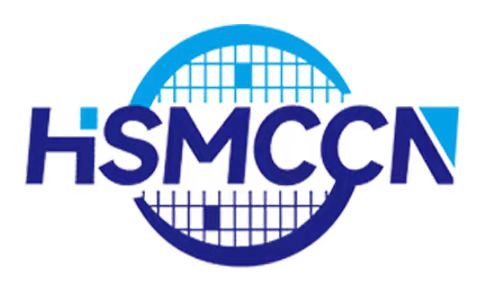
Privacy statement: Your privacy is very important to Us. Our company promises not to disclose your personal information to any external company with out your explicit permission.

As global environmental protection awareness continues to strengthen, the leather goods manufacturing industry is facing unprecedented challenges and opportunities. Traditional tanning processes are not only time-consuming and labor-intensive, but also emit a large amount of harmful substances, causing significant environmental impact. However, a recent breakthrough in technology - non-tanning leather technology - has brought a ray of hope for green manufacturing in the leather goods industry.
Non-tanning leather technology is a disruptive innovation that breaks through the limitations of classical cross-linking tanning theory, reinterpreting the chemical essence of tanning as "controlled dehydration of collagen". By establishing the "multi-medium self-driven directional controlled dehydration" non-tanning leather technology and the collagen surface/interface modification technology, this new technology achieves non-tanning leather production without using any tanning agent crosslinking. The emergence of this technology not only significantly improves production efficiency and reduces production costs, but more importantly, it greatly reduces environmental pollution, meeting the strong demand for green and environmentally friendly products in today's society.
In China, the application of this technology has achieved remarkable results. It is understood that a well-known domestic leather goods manufacturer has successfully introduced non-tanning leather technology and put it into large-scale production. The company stated that after adopting non-tanning leather technology, not only has the quality of leather been significantly improved, but also the emissions of wastewater and exhaust gas during production have been greatly reduced, truly achieving a win-win situation for economic and environmental benefits.
The application of non-tanning leather technology not only enhances the quality of leather goods but also catalyzes the transformation and upgrading of the leather goods manufacturing industry. Traditional leather goods manufacturers are facing immense environmental pressure, while companies adopting non-tanning leather technology are able to distinguish themselves in the fiercely competitive market. The promotion and application of this technology will expedite the restructuring of the leather goods manufacturing industry, pushing the entire sector towards a more environmentally friendly and efficient direction.
Moreover, non-tanning leather technology opens up new market opportunities for the leather goods manufacturing industry. As consumers become increasingly aware of environmental protection, more and more of them are paying attention to the environmental performance of products. Leather goods produced using non-tanning leather technology, due to their environmentally friendly and healthy characteristics, have garnered increasing favor from consumers. This has opened up new market spaces for enterprises and injected new vitality into the development of the entire industry.
However, the application of non-tanning leather technology still faces some challenges. Firstly, this technology requires advanced production equipment and technological levels, posing a certain degree of difficulty for smaller-scale enterprises with weaker technological capabilities. Secondly, the cost of non-tanning leather technology is relatively high, requiring companies to invest significant funds in research and development as well as equipment procurement in the early stages. These challenges require joint efforts from both enterprises and the government, through policy support, technical training, and other means, to promote the popularization and application of non-tanning leather technology.
Despite these challenges, the prospects for the development of non-tanning leather technology remain broad. As global environmental awareness continues to rise and consumer demand for environmentally friendly products increases, non-tanning leather technology is bound to play an increasingly important role in the leather goods manufacturing industry. Simultaneously, with continuous technological advancements and gradual cost reductions, non-tanning leather technology will gradually be adopted by more enterprises, driving the green and sustainable development of the entire industry.

Privacy statement: Your privacy is very important to Us. Our company promises not to disclose your personal information to any external company with out your explicit permission.

Fill in more information so that we can get in touch with you faster
Privacy statement: Your privacy is very important to Us. Our company promises not to disclose your personal information to any external company with out your explicit permission.